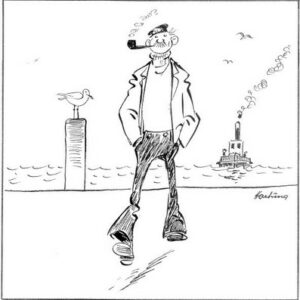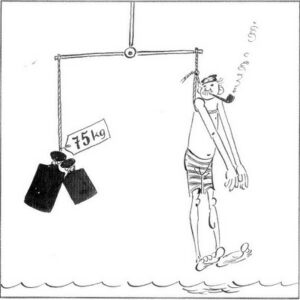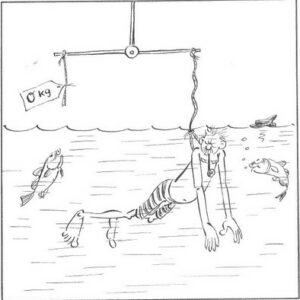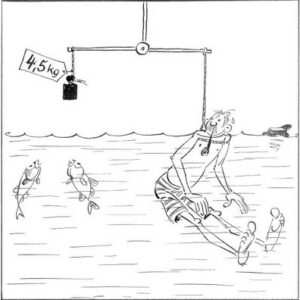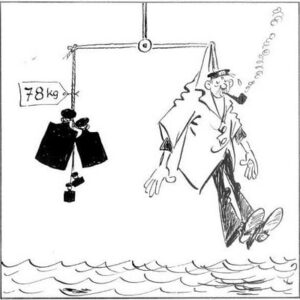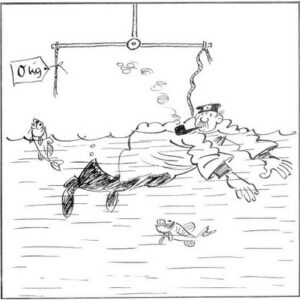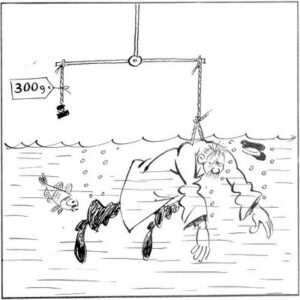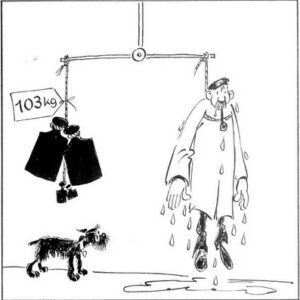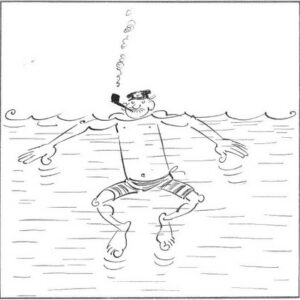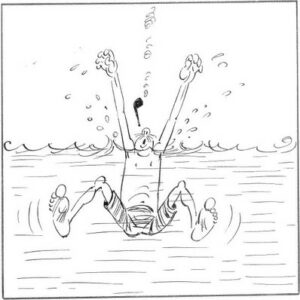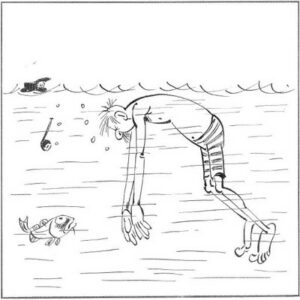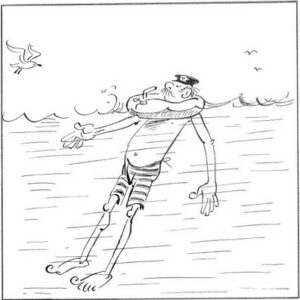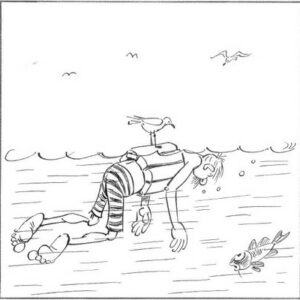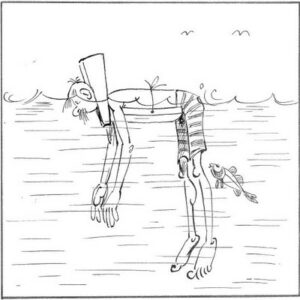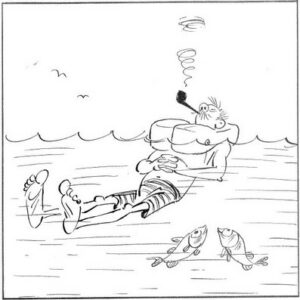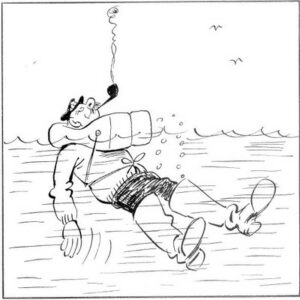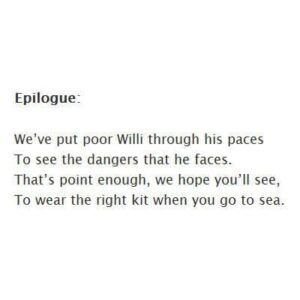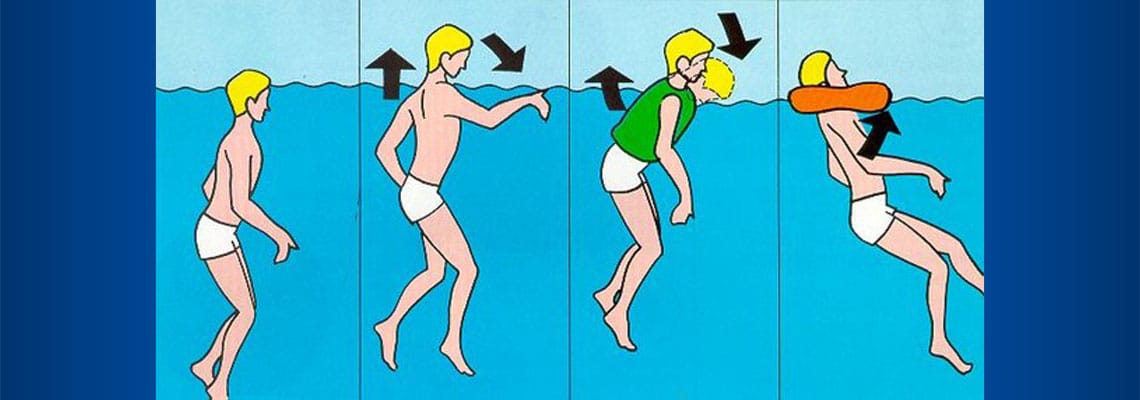
It’s only your head that is heavy in water.
- If you jump in the water, you are weightless; that means your body will float low in the water. Even normal clothing has little effect, proving that the body has its own intrinsic buoyancy.
- By using your limbs as in ‘treading water’ you can also keep your head sufficiently above water to be able to breathe, but if exhausted or unconscious the head cannot be held high enough and will fall forward into the water.
- Any swimming action to hold your head up can be helped by adding some extra buoyancy. But if it’s around the body, over the back or deep down at the front, it only serves to tip the face into the water once swimming movement has stopped or exhaustion or unconsciousness has set in. That’s why a buoyancy aid is not a lifejacket. A buoyancy aid is only relevant to a person who is engaged in active watersports and capable of swimming and not necessarily in need of rescue!
- The only sure and safe way to hold a head above water and stop an unconscious or exhausted person from drowning is with a lifejacket that has sufficient buoyancy on the front, around the neck and under the chin. The deciding factor in the performance of each lifejacket (or PFD) is a good fit to the body, the right division of buoyancy around the head and shoulder area and a minimum of 100 Newtons of buoyancy. Further buoyancy is always to be recommended and the new Euronorm classes lay out different performance levels for different requirements of usage such as offshore weather or heavy protective clothing.



